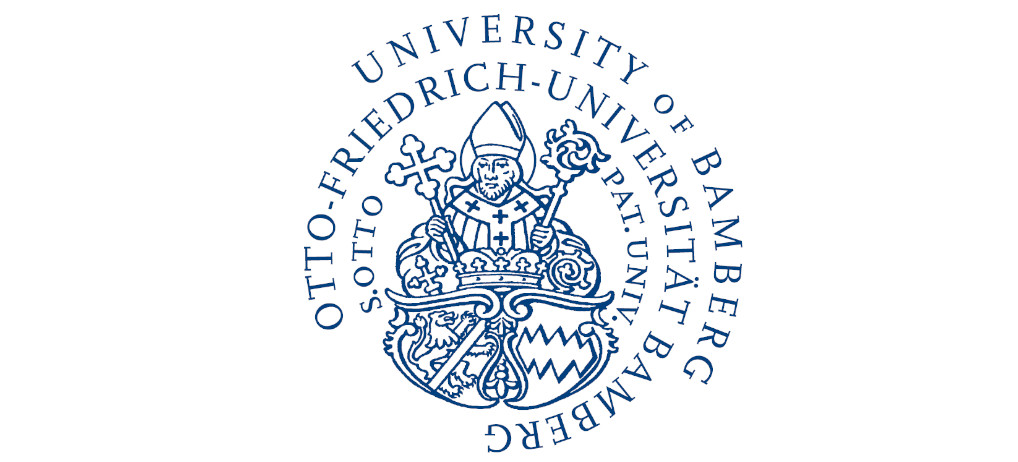Main Content
Subproject C03
House and street - Construction and representation of security in the cities
1. Funding period (2014-2017)
Parallel to and in close connection with the investigation of the buildings themselves, the perception of the elements associated with them for the creation and articulation of security will be reconstructed. Image sources represent an essential supplement, perhaps also a corrective, to written norms and inventories of the security situation and the perception of security in public urban space. Buildings and their use as well as their representation in prints and paintings not only indicate which social, economic and political issues were negotiated in the community from the point of view of securitization and de-securitization, but also help to determine these issues.
The subproject deals with the visualization of ideas about security through the architectural demarcation between (secure) private and (insecure) public space. It examines the conflicts of interest and proposed solutions of the actors that emerge at this boundary, as well as the role of visual media for the perception and construction of this boundary in the community of the early modern period. Within the knowledge systems of the period, the "house" is considered not only a building block, but also a reflection of the polity and its condition. The house and its representation in images and texts thus communicate how the security/insecurity of the city is perceived by residents and strangers, but also how it is actively shaped. The two antagonists France and the Netherlands are examined, each of which had a cultural impact on the other and in interdependence with each other on third parties in the art of building and the media associated with it, as well as selected imperial and residential cities of the empire. Basic types of urban housing, such as the hôtel entre cour et jardin and the city palace, are used to examine the architectural semantics and use of the boundary and border zone to the street space, as well as to identify types of closure and transparency of the house in relation to the street space.
Inhalt ausklappen Inhalt einklappen Members
Subproject Head
Prof. Dr. Katharina Krause
Research Assistant
Marie Scheckenbach
Student Assistant
Rebecca Partikel



